Day 8 – The Museum, Giza and the Nile
There is ample evidence to prove that the Holy Family came to Egypt and stayed there for three and a half years and specifically in Cairo for three weeks. We are in the Coptic part of Cairo. The Cavern Church is steeped in history, it is quaint and has priceless icons all over the walls. Also called the Church of Abu Serga, it is one of the oldest churches in the world built in the 5th century. The architecture of the church is symbolic on many levels. The church is based on a basilican structure with a nave and two side portions. There are twelve pillars on either side of the church, eleven of which are made of white marble and one of red granite. The guide tells me it signifies Judas. There is a crypt below the church that is supposed to be the place where the Holy Family stayed, it’s bigger than the crypts I have see till now.
The school kids on their educational tour of the Egyptian Museum kept pointing to us and giggling. Once they got over their initial awkwardness they kept saying, ‘namaste India’. We took the view ’75 items tour’ which takes about an hour to finish. And that is like standing on shores of the Mediterranean Sea and wetting your toes. The Egyptian Museum, one of the best in the world is huge and has over 120,000 articles preserved. The stand out for me was (no prizes for guessing) the Tutankhamen relics, it is just mind-blowing, obscene amounts of gold with the mask, the sarcophagus and his ornaments should be seen to be believed. There’s so much to see and appreciate but ours was one hurried visit.
Next stop, the Pyramids at Giza. My first reaction on seeing the Pyramids was one of disappointment. I had imagined it to be gigantic, far in the desert amid a sea of sand. The road runs very close to the pyramids and is strewn with camel and horse dung. The pyramids are not as massive as I had imagined it to be. The first and the biggest is the Pyramid of Khufu and is the only one of the Seven Wonders still in existence. The Pyramid of Khafre is behind; followed by the smaller Pyramid of Menkaure, there are smallers ones called “Queen’s pyramids”; and the Great Sphinx.The Sphinx is a fourth of the size that I had imagined, you are not allowed near it and have to see it from the road.
But the worst part of the site are the hawkers around. I have been to several tourist spots but haven’t seen any like this, they are aggressive, rude and intimidating. They will approach you in a friendly way saying, ‘India nice, you look like Egyptian’, put the ghatara (the head scarf) and the agal (the rope that tightens the scarf on the head) and force you to pose with them and then force you to pay them. If you question, others will gang up and threaten you. They will thrust curios and say, ‘take, free for you’ you take a look and then they will say, ‘now pay’. When you take out your wallet, they grab the money and make off with it. I saw this happening with me and several people around me. I felt angry, upset and intimidated. It is sad that the Egyptian Government is doing nothing to stop the harassment. My advice to visitors do not engage with the hawkers and do not buy anything from there.
The Nile Cruise that night was a so so affair. The belly dancer was average, the only saving grace was that she went around dragging people to the stage and making them dance, it was quite hilarious watching middle aged men tied up in knots and jiggling parts of their bodies they probably didn’t know existed. The Tanoura dance was brilliant. The dancer twirled and whirled in gay abandon late into the night.
This completes the Holy Land leg of my travel , it has been one roller coaster of a trip. Like the Tanoura dancer I was caught up in a swirl of emotions that ebbed and flowed and I am richer for the experience.
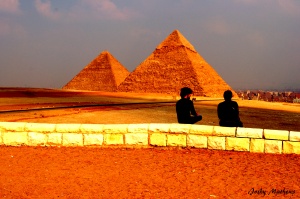
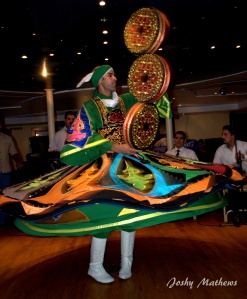
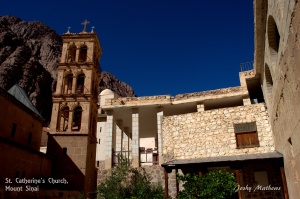
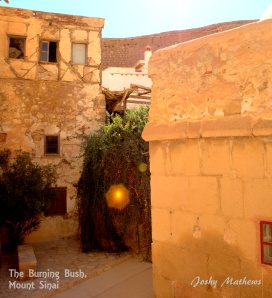
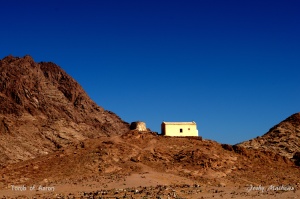
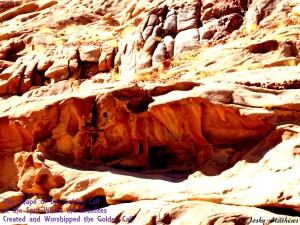
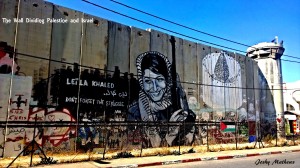
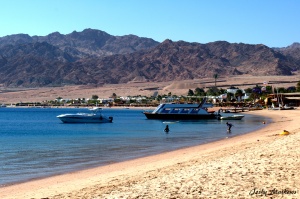
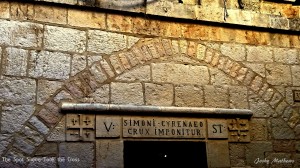




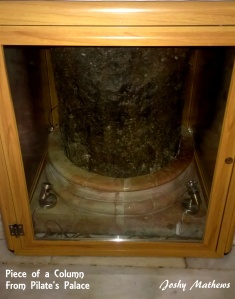



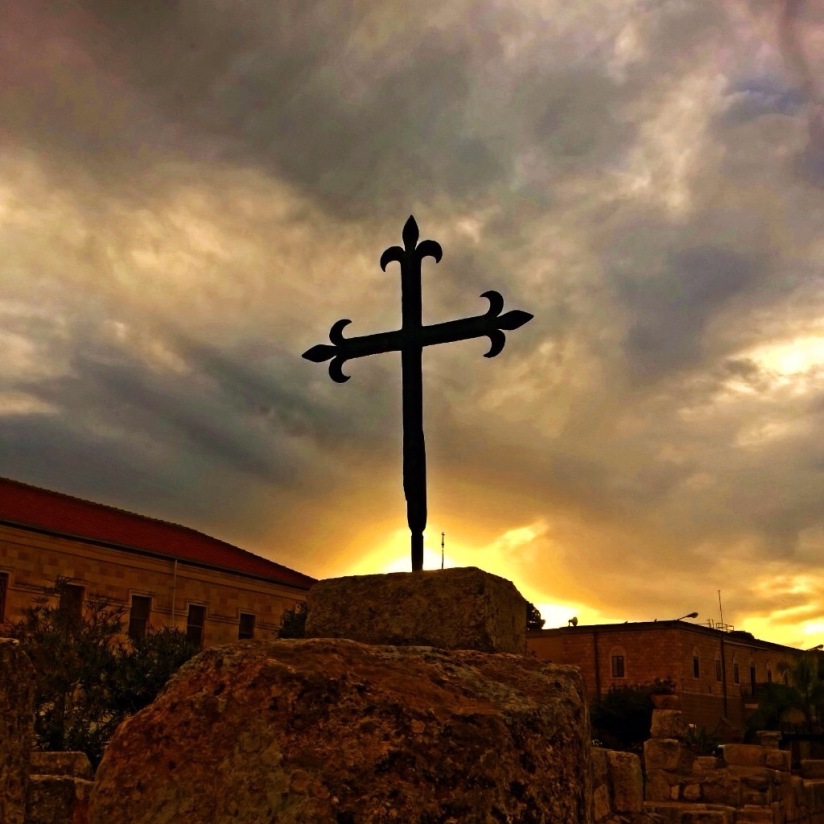
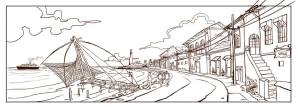
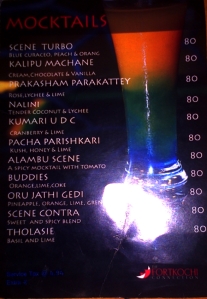
![earth9[1]](https://wetsham.files.wordpress.com/2013/06/earth91.jpg?w=300&h=213)